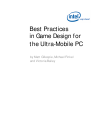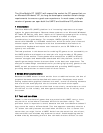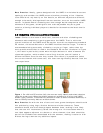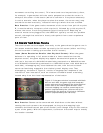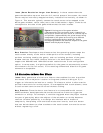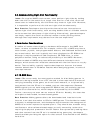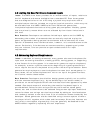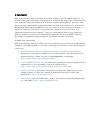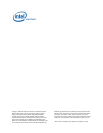
2.3 Game Window Size
Issue: If game windows use a fixed size, rather than automatically resizing
themselves to fill the full UMPC screen, parts of the game may not be visible all
at once, and, in some cases, certain parts may not be reachable at all, as shown
in Figure 2. This situation is made more complex by the potential for players to
use the 800x480 or 1024x600 resolution enabled by the UMPC's wide screen,
since those aspect ratios must be matched to the standard 4:3 aspect ratio
employed by most PC games.
Figure 2. On a standard PC (left), the user is able to see the entire play area, including
informational parts of the player interface. If the game window is cropped to fit the UMPC’s
smaller size and different aspect ratio (center), part of the game will be hidden, represented
here by the translucent parts of the screen at the edges. If the game window is scaled to fit
the UMPC screen (right), all parts of the game can readily be made visible, with a level of
visual distortion that may be acceptable.
Best Practice: The key to resolving this issue is for game developers to
consider the 800x480 and 1024x600 resolutions as they develop game interfaces
for the UMPC, scaling the entire game window to fit on the screen or rearranging
the interface to take full advantage of the wide screen area. Certain simple
accommodations can make games more playable, even in a truncated state. For
example, providing scrollbars and allowing the window to be resized (manually
or automatically) may be sufficient in some cases to allow the user access to all
parts of the screen and to provide an acceptable user experience, particularly
for browser-based games.
3 Touch Screen Considerations
The use of a touch screen instead of a mouse on the UMPC adds another layer of
complexity to porting games. For most software purposes, the touch screen
behaves like a mouse, except that instead of registering a linear track of
movement as the user drags the cursor, it generates a series of button-down
events with a location each time the user touches the screen. The inability to
move the cursor without clicking and the relationship between left-clicking and
right-clicking also causes issues.
3.1 Accurate Interpretation of Tap-Only Touch Screen Input
Issue: UMPC games must be able to interpret cursor input provided by the user
as a series of points (corresponding to a series of touch-screen taps), rather
than requiring a linear pattern of movement (like that provided by mouse



